-
Posts
8,271 -
Joined
-
Last visited
Content Type
Profiles
Blogs
Forums
American Weather
Media Demo
Store
Gallery
Everything posted by jaxjagman
-
-
Mammoth Cave is pretty cool,have fun!! Welcome to the board.Like PW just said beyond a certain time frame the models can change. Right now into Late Monday and Tuesday looks like a cold front by the Euro and GFS models,might be your biggest issue.But i wouldnt trust much myself beyond that point right now
-
I dont know.Some of the short range models are coming in quicker tomorrow,wouldn't surprise me if a slight risk was introduced further east next update close to Nashville
-
-
I'm still surprised more people didnt die in the Nashviile (downtown) from the F3 .The Kissimmee,Fl tornado (F3)was the worse in late Feb but the Birmingham F5 lifted 2 miles from downtown,that would have been catastrophic if it hit downtown.The chart is from fatalities in 1998
-
Towards as we get into April we could get active again.We had a similar pattern back into 1998 with a minor SSW in March along with a ElNino quite similar to this one to an extent based on the ONI. 1997 -0.5 -0.4 -0.1 0.3 0.8 1.2 1.6 1.9 2.1 2.3 2.4 2.4 1998 2.2 1.9 1.4 1.0 0.5 -0.1 -0.8 -1.1 -1.3 -1.4 -1.5 -1.6 But anyways the MJO by the CFS is showing the MJO getting into Africa/western IO into the first/2nd week of AprilUntil then we should start to see the AAM rise then revert back into a -AAM into April, But during this time frame we saw some violent tornadoes into Alabama https://www.weather.gov/bmx/event_04081998 We also saw the F5 hit Larwenceburg,Tn around a week later No forecast,nothing to panic about but there is some similarities from 1998 that i'm seeing right now to be a active period possibly well into spring
-
-
Nino is done now.EKW just put a dent and in the east ,upwelling the colder waters FROM the thermocline to the surface.Euro and CFS the next few days both show a ERW,coming into play also,kinda like a 1-2 KO punch,then the easteries should come into play.If the thermocline was much colder along the IDL,into the WP,,this would be quite similar to what happened in the1997-1998 NINO/NINA
-

February 2024 mid/ long range
jaxjagman replied to Holston_River_Rambler's topic in Tennessee Valley
Pattern of how the NINO got broke down from a strong Nino in 1997 into a strong NINA later into 1998,in most ways its very similar. Abstract [1] The intensity of the 1997 El Niño and the 8°C sudden drop in sea surface temperature (SST) around 0°–130°W during the turn into La Niña in 1998 were a surprise to the scientific community. This succession of warm and cold events was observed from start to finish with a comprehensive set of remotely sensed and in situ observations. In this study we employ space-based observations to demonstrate, for the first time, their maturity in capturing the preconditioning, onset, evolution, and decay of the 1997 El Niño and its transition into the 1998 La Niña. An accumulation of warm water in the west and equatorial wave reflection on the western ocean boundary appeared favorable for the development of El Niño. However, the action of a series of westerly wind bursts from December 1996 to June 1997, notably in March 1997, was instrumental in setting up this huge El Niño. The westerly wind bursts excited equatorial downwelling Kelvin waves and advected the eastern edge of the warm pool eastward, which triggered a distinct warming over the central and eastern parts of the equatorial basin. Once these warmed regions joined, the coupling between the SST and surface winds was fully effective, and El Niño reached its mature phase. By that time much of the warm waters of the western equatorial Pacific was transferred toward the east by surface eastward currents. The demise of El Niño and its turn into La Niña in spring 1998 were due to the arrival in the east of various interrelated phenomena. Upwelling was brought from the west by favorable off-equatorial wind stress curl and equatorial Kelvin waves generated by easterly winds and wave reflection on the western ocean boundary. Additional upwelling was brought from the east by equatorial Rossby waves generated by westerly winds. These various upwelling signals were added to the general uplifting of the thermocline because of the slow discharge of the upper layer of the equatorial basin by diverging surface currents. A series of equatorial Kelvin and Rossby waves, characterized by upwelling and opposite surface currents, led to the breakup of the warm waters, the surfacing of the thermocline, and the drastic drop in SST in May 1998 around 0°–130°W. With the arrival of cold water in the east the easterly winds expanded from the west, and La Niña turned into a growing mode. This view of the 1997–1998 El Niño–La Niña, afforded from space, enables the testing of various El Niño theories. https://agupubs.onlinelibrary.wiley.com/doi/full/10.1029/2001jc000850- 750 replies
-
- 4
-

-
- snow elk
- wooly worm
-
(and 1 more)
Tagged with:
-
Yeah,pretty strong cap did us in
-

Fall/Winter Banter - Football, Basketball, Snowball?
jaxjagman replied to John1122's topic in Tennessee Valley
Looks good -

February 2024 mid/ long range
jaxjagman replied to Holston_River_Rambler's topic in Tennessee Valley
Upper 70's Tuesday,its getting close by a couple degrees to being record highs- 750 replies
-
- 1
-

-
- snow elk
- wooly worm
-
(and 1 more)
Tagged with:
-

February 2024 mid/ long range
jaxjagman replied to Holston_River_Rambler's topic in Tennessee Valley
This could be severe maybe before but maybe not,it is the long range of the Euro so it can change between now and then.But,height rises into Mongolia/China would seem to be a +PNA and not negative several days after ,no clue about the NAO,but i'm still not sure it will get that cold even if a ULL sits above you,i just find it difficult to figure out where the cold is coming from myself,dunno but this would be what it MIGHT look like around the 14th of March give or take a couple days- 750 replies
-
- 2
-

-
- snow elk
- wooly worm
-
(and 1 more)
Tagged with:
-

February 2024 mid/ long range
jaxjagman replied to Holston_River_Rambler's topic in Tennessee Valley
The next pic would get really interesting in winter time J/F this is NOTHING but a cold look even with a -PNA for most of the LOWER 48 with the exception of the SW, you should see possibly height rises in the SW,but there is no cold,so i really doubt that would happen into March- 750 replies
-
- 2
-

-
- snow elk
- wooly worm
-
(and 1 more)
Tagged with:
-

February 2024 mid/ long range
jaxjagman replied to Holston_River_Rambler's topic in Tennessee Valley
This is my take what the Euro shows of the pattern upcoming.The next couple days you will see a trough off of Japan this will form a LP that recurves off of Japan,but at the same time you see a height rises that forms into the Sea of Japan and a trough coming into play into Mongolia,then into parts of China,This would be a severe look into the first week of March because troughs into Mongolia/China into that part should mean a -PNA- 750 replies
-
- 3
-

-

-
- snow elk
- wooly worm
-
(and 1 more)
Tagged with:
-

February 2024 mid/ long range
jaxjagman replied to Holston_River_Rambler's topic in Tennessee Valley
Not sure how much cold there will be.Into early March this will be the fourth SSW major/minor warning this winter,the PV has been a punching bag all winter like Weather mentioned a few days ago.Probably the last chance of winter for us here is going to be maybe into the 2nd week of March like the EPS shows but even what it shows is the 2m's are 2-3C above normal.I think winter is done for us myself here in Mid Tn other than possibly the higher elevations- 750 replies
-
- 3
-

-
- snow elk
- wooly worm
-
(and 1 more)
Tagged with:
-
Went to SWAD a few years ago when he was there and he talked about the 2011 outbreak,he got really emotional about it and did a great presentation
-

February 2024 mid/ long range
jaxjagman replied to Holston_River_Rambler's topic in Tennessee Valley
- 750 replies
-
- 2
-

-

-
- snow elk
- wooly worm
-
(and 1 more)
Tagged with:
-

February 2024 mid/ long range
jaxjagman replied to Holston_River_Rambler's topic in Tennessee Valley
- 750 replies
-
- 4
-

-
- snow elk
- wooly worm
-
(and 1 more)
Tagged with:
-

February 2024 mid/ long range
jaxjagman replied to Holston_River_Rambler's topic in Tennessee Valley
I havent looked the last couple days but the final warming is showing around the 3rd seemingly,tried to get to the EPS but its down- 750 replies
-
- 2
-

-
- snow elk
- wooly worm
-
(and 1 more)
Tagged with:
-

February 2024 mid/ long range
jaxjagman replied to Holston_River_Rambler's topic in Tennessee Valley
Just noticed the GFS just joined the GEPS,the next reversal is around the 6th of March,wouldnt be winter cold but still colder maybe- 750 replies
-
- 1
-

-
- snow elk
- wooly worm
-
(and 1 more)
Tagged with:
-

February 2024 mid/ long range
jaxjagman replied to Holston_River_Rambler's topic in Tennessee Valley
Maybe When we had the SSW earlier in Jan it effected the atmospheric Rossby wave train to some degree. around this time frame there was also a real strong Equatorial Rossby Wave,so the balance got thrown off with the pattern,so this could possibly be why our pattern went to junk seemingly- 750 replies
-
- 6
-

-

-
- snow elk
- wooly worm
-
(and 1 more)
Tagged with:
-

February 2024 mid/ long range
jaxjagman replied to Holston_River_Rambler's topic in Tennessee Valley
Composites in March with the MJO into the phase 3 and not into the Maritime.there is some lag time but not the degree we see here in our parts.Then you factor in with our lag here in NA with the ENSO should be something similar.I'm starting to think what was said a few days ago by some might be right- 750 replies
-
- 3
-

-
- snow elk
- wooly worm
-
(and 1 more)
Tagged with:
-

February 2024 mid/ long range
jaxjagman replied to Holston_River_Rambler's topic in Tennessee Valley
- 750 replies
-
- 1
-

-
- snow elk
- wooly worm
-
(and 1 more)
Tagged with:
-

February 2024 mid/ long range
jaxjagman replied to Holston_River_Rambler's topic in Tennessee Valley
GEFS might be more right with the MJO.It could be what some of the other models are showing the signal into the Maritime is actually because of a Equatorial Kelvin Wave.Dont know if it will be right,it dont seem to have much support- 750 replies
-
- 3
-

-
- snow elk
- wooly worm
-
(and 1 more)
Tagged with:


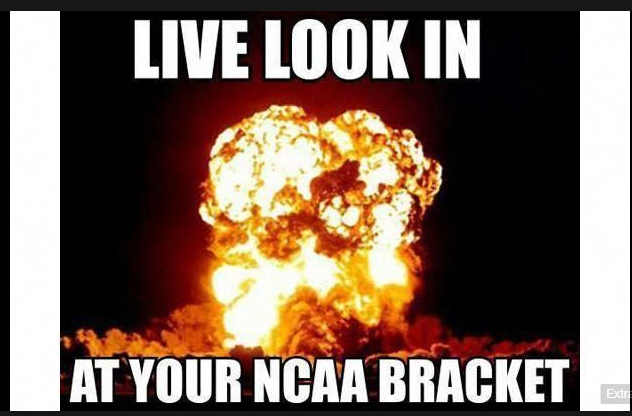

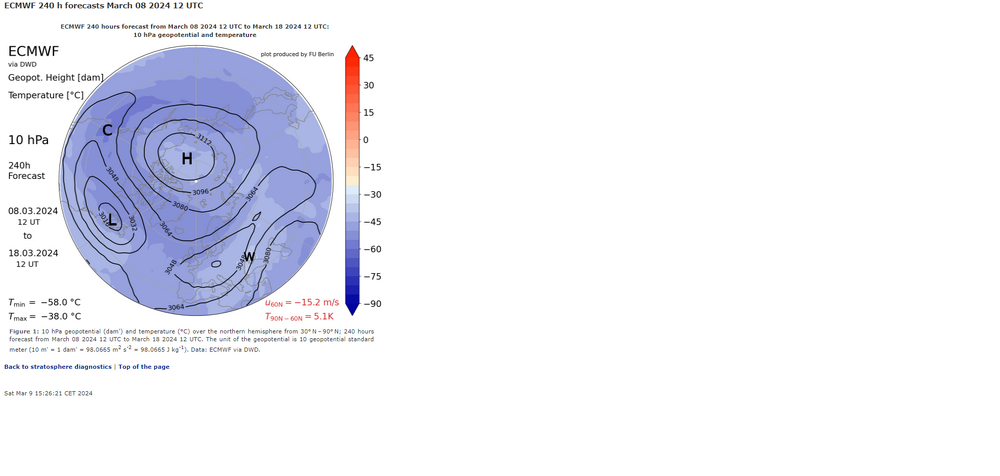
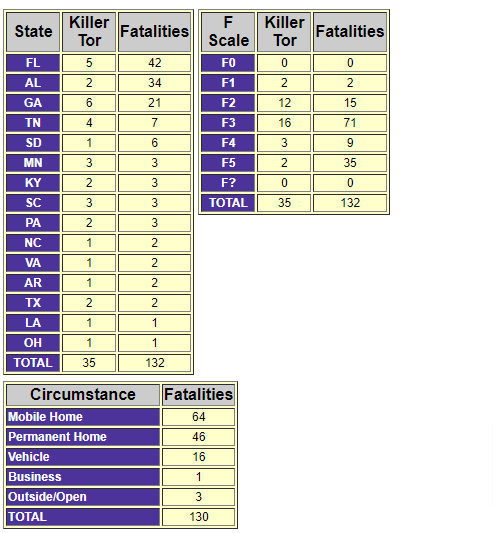
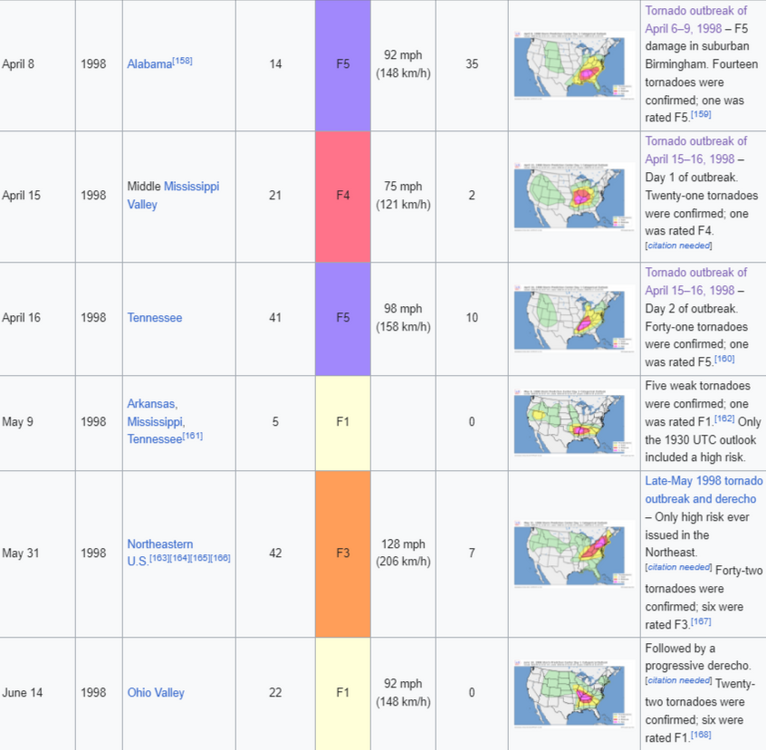
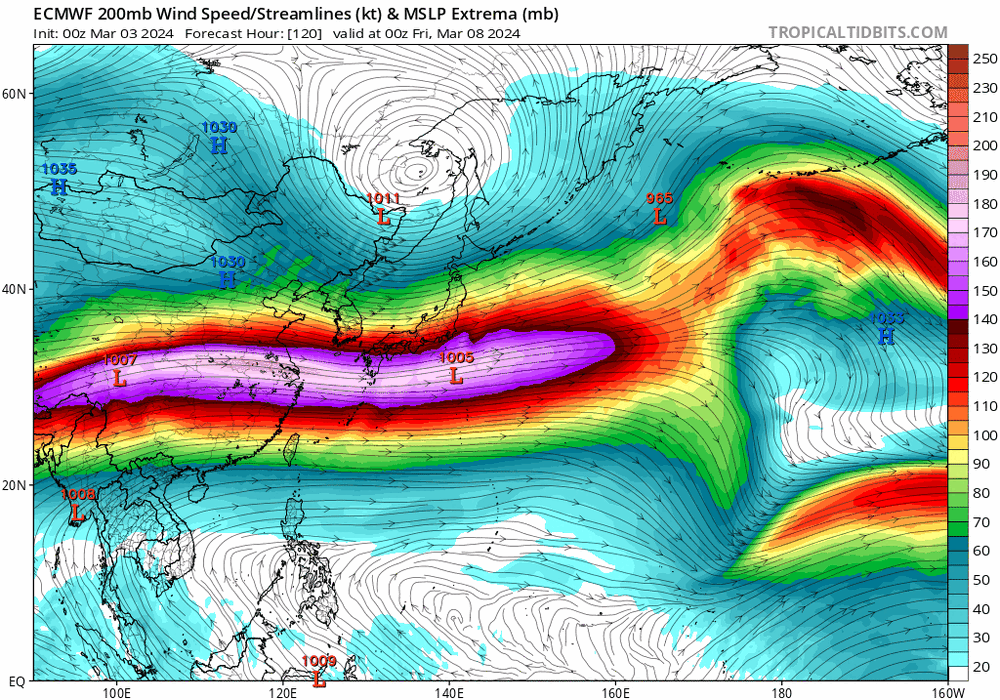
.thumb.png.1bca71ff7945bb5e517ca437e393dfe5.png)
.thumb.png.99e8b9b37b087dc0a1f3725f14390030.png)
.thumb.png.9e92bbb581246826e06906d039cea5be.png)
.thumb.png.e6bf244ad5e27138104cb583f10d73e9.png)
.thumb.png.a84c783c5b45cdfe5be2d325bc4785d8.png)
.png.8ad915ca78cda5baceec7807200b6edc.png)
.png.797e162bf0aec59d6b33771bcd0d6f78.png)
.png.159a89641ee08061430e5e4f75f402e3.png)
.thumb.png.334c5afdd40962b5b14ac9abaed0796a.png)
.thumb.png.61a3bd0c6fbe8756f841766577b62d95.png)
.png.e9a69e436cc0be348ee9320f273f3f68.png)
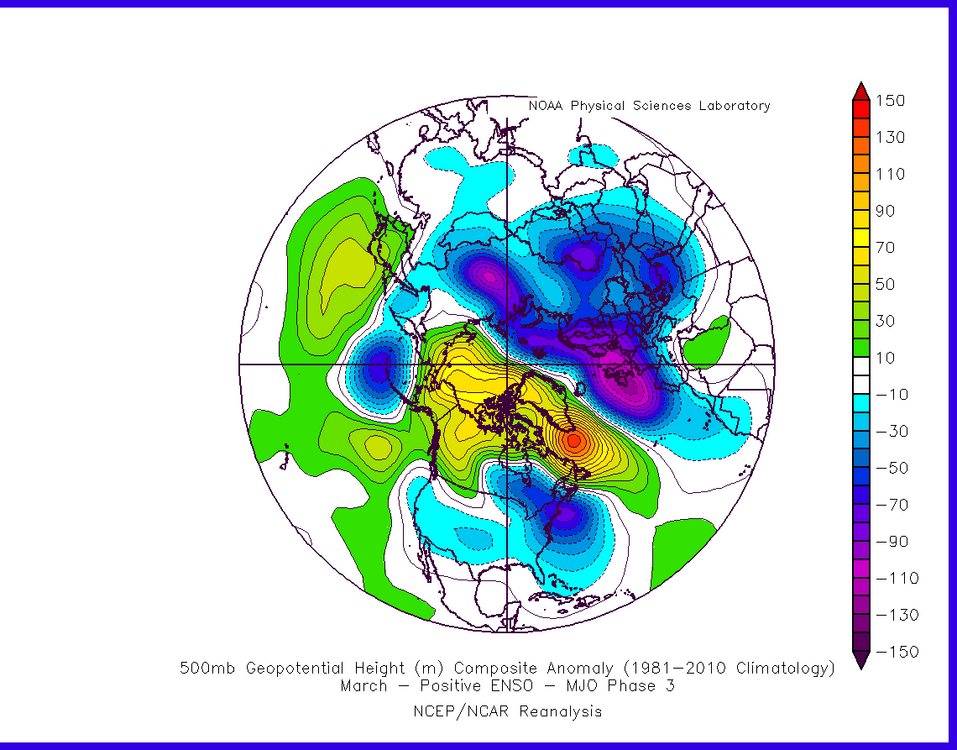
.png.1a257378c97adee21db087b33ca837c3.png)
.png.0c3e6b919b66660eaf81416b2c24a24f.png)
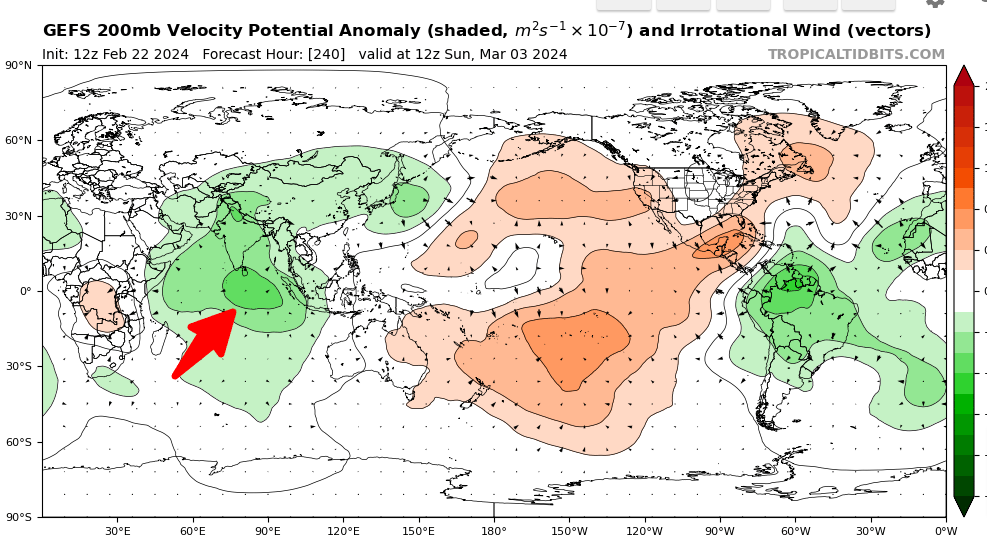
.png.3255ddc65403605f020e2f065527021e.png)